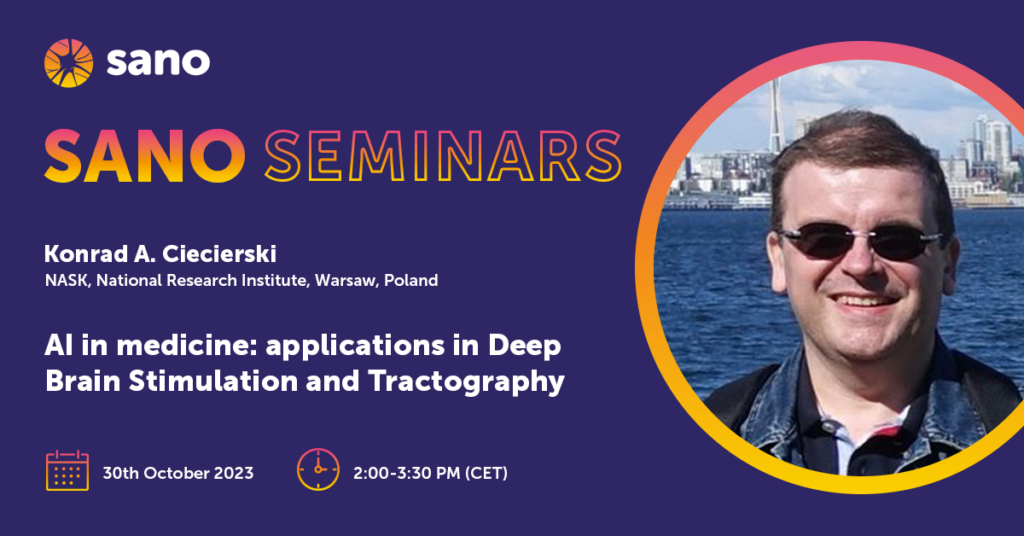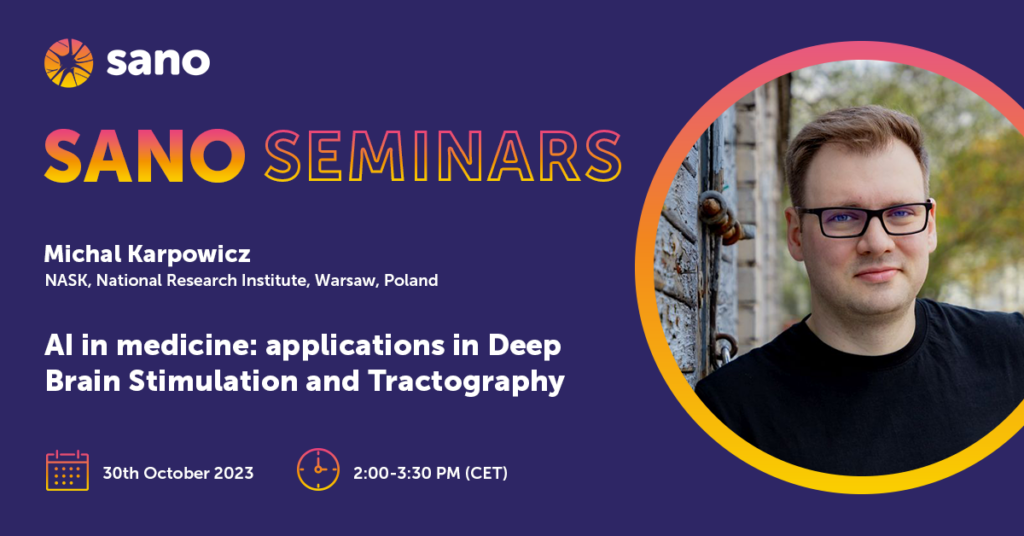110. AI in medicine: applications in Deep Brain Stimulation and Tractography
Konrad A. Ciecierski and Michal Karpowicz – NASK, National Research Institute, Warsaw, Poland
Abstract
During the Deep Brain Stimulation surgery for Parkinson’s Disease, the goal is to place the permanent stimulating electrode into an area of the brain that becomes pathologically hyperactive.
This area is small and located deep within the brain. Therefore, the main challenge is its precise localization.
Two computer-aided decision support systems will be described.
The first uses a classical classification approach using hand-crafted features based on neurophysiology; the second one uses a deep neural network with attention in the temporal domain.
Both calculate the expected position of the electrode based on the recordings of the electrical activity of brain tissue.
Neurosurgeries, although crucial for effective treatment, impose certain risks given the delicate nature of the brain tissue and its role in controlling bodily functions.
Damaging crucial cortical structures can be associated with irreversible motor or cognitive impairments.
Therefore, preoperative planning is critical for reducing risks accompanying the surgery.
For effective planning, the neurosurgeon should take into account information about the location of eloquent regions and the nerve pathways leading to them.
The presented method combines an artificial neural network model and a path search algorithm to compute the location of nerve fibers based on the data from the diffusion tensor imaging (DTI) technique.
About the authors
Dr. Konrad Ciecierski specializes in applications of machine learning methods in medical science, digital signal, and image processing, computer methods for natural language analysis, and applications of deep neural networks.
He actively integrates informatics and medicine and works towards applications of modern IT solutions (including AI) in clinical medicine and natural language analysis.
Mateusz Korycinski specializes in applying machine learning models for tasks in image processing.
He is particularly interested in analyzing medical images, mainly from MRI experiments.
His current work focuses on helping neurosurgeons by providing information about the topology of nerve fibers, which helps to plan safer surgeries.



